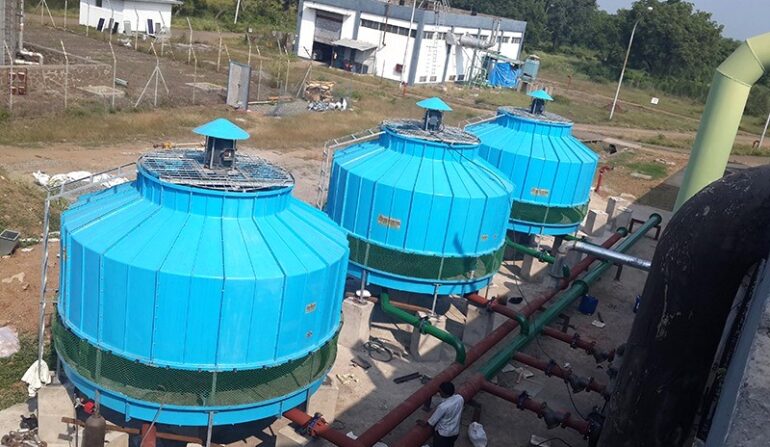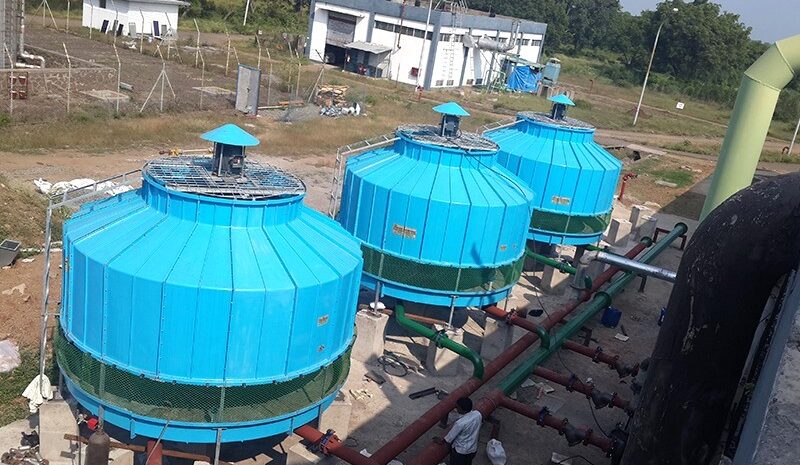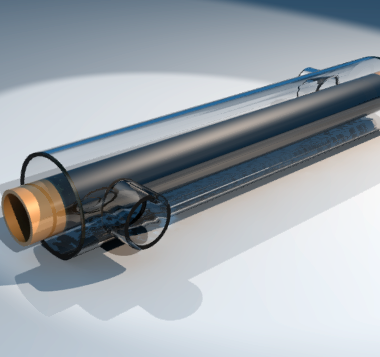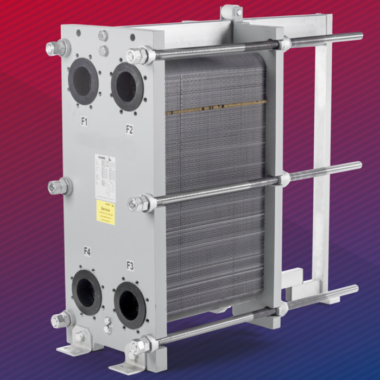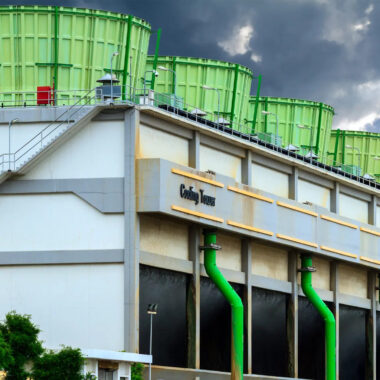Material Selection and Corrosion Resistance in Round Cooling Towers
Material Selection and Corrosion Resistance in Round Cooling Towers
Material Selection and Corrosion Resistance in Round Cooling Towers : Within the domain of industrial cooling arrangements, round cooling towers stand out for their effective plan and compact footprint. In any case, one of the basic aspects that decides their longevity and execution is the choice of materials. The materials utilized in building these towers must withstand harsh natural conditions and resist corrosion to guarantee durability and operational productivity. This blog delves into the significance of fabric selection and corrosion resistance in circular cooling towers.
Understanding the Challenges
Cooling towers work in situations where they are constantly uncovered to water, chemicals, and changing temperatures. This presentation can lead to corrosion, which compromises structural integrity and effectiveness. Selecting the proper materials is crucial to moderating these risks.
Key Materials for Round Cooling Towers
1. Fiberglass-Reinforced Plastic (FRP)
Durability:
- FRP is profoundly safe to corrosion, making it an perfect choice for cooling towers.
- It can withstand introduction to different chemicals and environmental conditions without degrading.
Lightweight and Strong:
- Despite being lightweight, FRP offers significant basic quality, reducing the stack on the establishment whereas maintaining vigor.
Low Maintenance:
- FRP requires minimal support compared to traditional materials, leading to lower long-term costs.
2. Stainless Steel
Corrosion Resistance:
- Stainless steel alloys, such as 304 and 316, are known for their amazing corrosion resistance, particularly in wet and sticky environments.
Strength and Durability:
- Stainless steel gives tall tensile quality and durability, basic for the structural components of cooling towers.
Aesthetic Appeal:
- It too offers a sleek, clean appearance, which can be useful for installations where aesthetics matter.
3. Galvanized Steel
Cost-Effective:
- Galvanized steel is more reasonable than stainless steel whereas still providing good corrosion resistance through its zinc coating.
Suitability for Structural Parts:
- It is frequently utilized for basic components and back frames in cooling towers.
Regular Maintenance Required:
- The zinc coating can wear off over time, requiring regular maintenance to avoid rust and corrosion.
4. Thermoplastics
Chemical Resistance:
- Thermoplastics like PVC and polypropylene are safe to a wide extend of chemicals, making them suitable for parts that come into direct contact with water and chemicals.
Adaptability:
- These materials are adaptable and can be molded into different shapes, allowing for custom designs and components.
Cost and Durability:
- They offer a cost-effective arrangement with decent toughness, though not as robust as metals or FRP.
Variables Influencing Fabric Selection
1. Environmental Conditions:
The choice of material ought to be based on the particular environmental conditions the cooling tower will face, counting humidity, temperature changes, and presentation to chemicals.
2. Operational Demands:
Consider the operational requests, such as load-bearing prerequisites and the need for resistance to mechanical wear and tear.
3. Maintenance and Longevity:
Materials that require less support and offer longer service life can diminish downtime and operational costs.
4. Cost:
Whereas initial cost could be a factor, it’s fundamental to consider the full cost of ownership, counting support, repairs, and replacements.
Conclusion
Selecting the right materials for round cooling towers is basic to guaranteeing their life span and efficiency. Materials like FRP, stainless steel, galvanized steel, and thermoplastics each offer unique benefits and should be chosen based on particular natural and operational conditions. By centering on corrosion resistance and solidness, operators can altogether decrease support costs and expand the lifespan of their cooling towers, guaranteeing reliable performance in their industrial processes.
